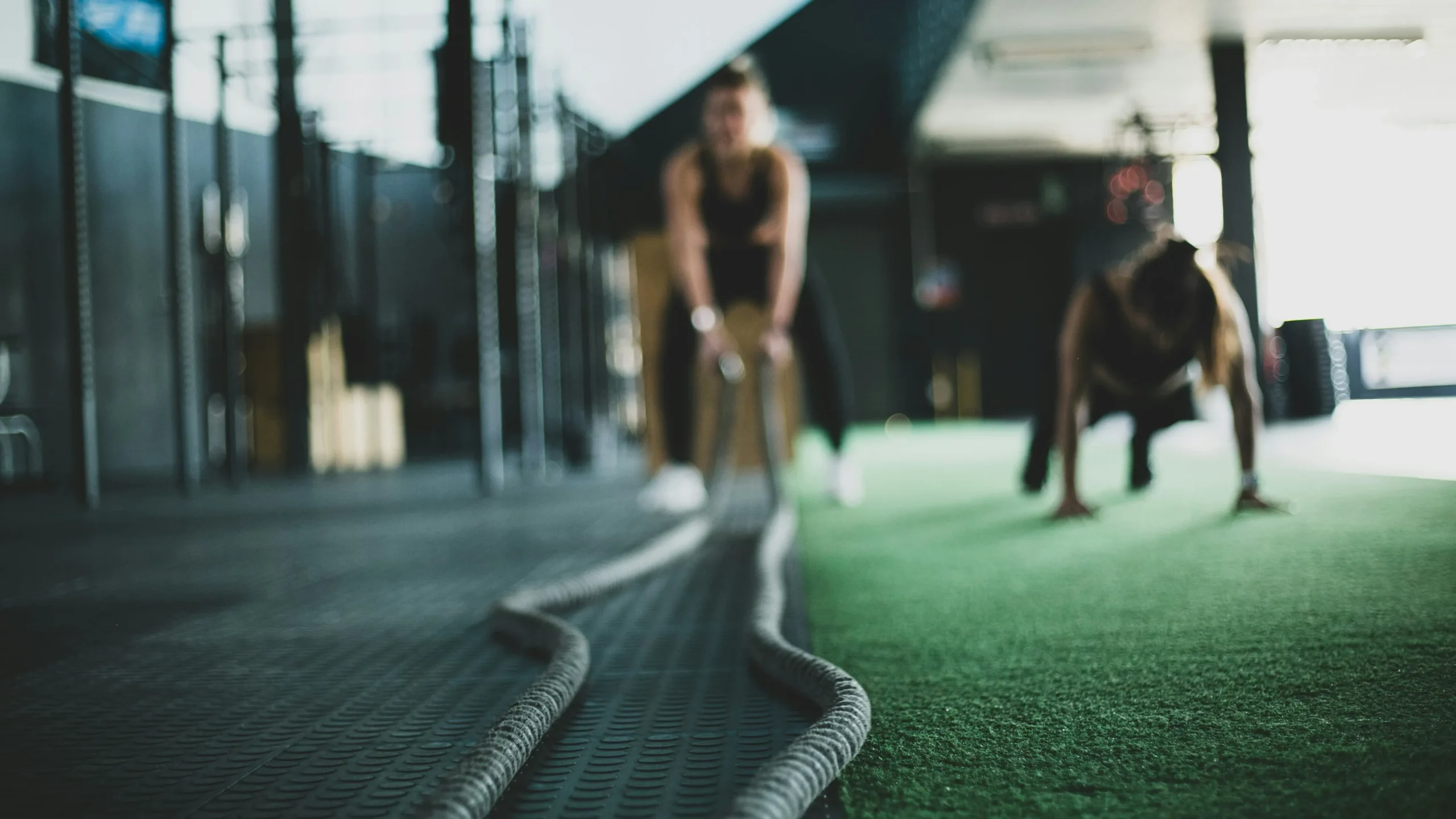Neck Exerciser 2025: Redefining Health and Productivity
In a world where 80% of professionals report chronic neck pain due to screen-heavy lifestyles, the neck exerciser has surged from a niche gadget to a $3.2 billion wellness staple by 2025. Entrepreneurs and innovators are now championing these devices not just as tools for pain relief, but as productivity boosters, mental clarity enhancers, and even revenue drivers. From Silicon Valley execs to remote workforces, the modern professional is embracing neck exercisers with the same fervor as standing desks and meditation apps. This article unpacks why 2025 marks a tipping point for neck exercisers, how they’re evolving beyond basic stretches, and what strategies will help you harness their full potential—whether you’re building a brand, optimizing your health, or leading teams in a digital-first era.
The Rise of Neck Exercisers in 2025: A Wellness Revolution
Gone are the days when neck exercisers were relegated to physical therapy clinics. In 2025, they’ve become a symbol of proactive health management, driven by hybrid work models and a global focus on preventive care. The World Health Organization reports that musculoskeletal issues cost economies up to 1.3% of GDP annually—a gap neck exercisers are uniquely positioned to address. Startups like NuroFlex and ZenNeck have disrupted the market with AI-driven devices that analyze posture in real-time, while corporate wellness programs now mandate “neck fitness breaks” alongside traditional ergonomic assessments. For entrepreneurs, this shift isn’t just about wellness—it’s a $12.3 billion business opportunity by 2027, per Global Market Insights.
Why Neck Exercisers Are Essential for Modern Professionals
Neck pain isn’t just a physical nuisance; it’s a productivity killer. Studies show employees with chronic neck strain take 23% more sick days and report 40% lower focus. Enter 2025’s neck exercisers: compact, tech-integrated tools that combat these issues. Take the PostureMaster Pro, which pairs with Zoom to remind users to adjust their posture during meetings, or the gamified NeckFit VR headset that turns exercises into immersive challenges. For entrepreneurs, these innovations are more than gadgets—they’re tools to reduce burnout, foster creativity, and even boost negotiation performance by improving blood flow to the brain. As hybrid work blurs lines between health and productivity, neck exercisers are becoming as vital as a reliable Wi-Fi connection.

Cutting-Edge Features of 2025 Neck Exercisers
This year’s neck exercisers are leagues ahead of basic resistance bands. The 2025 models boast AI coaches that adapt routines based on stress levels detected via biometric sensors. For instance, the Theraspine X3 uses thermal imaging to identify muscle tension hotspots, while the corporate-focused ErgoBoost syncs with Slack to schedule micro-workouts between tasks. Innovators are also tapping into VR: NeckZen’s MetaQuest integration transports users to calming landscapes as they exercise, merging mindfulness with physical therapy. These features aren’t just gimmicks—early adopters report a 67% drop in tension headaches and 31% faster recovery post-workout, per a 2024 Journal of Occupational Health study.
How to Integrate Neck Exercises into Your Daily Routine
Adopting a neck exerciser isn’t about adding another task—it’s about seamless integration. Start with “exercise stacking”: pair 5-minute neck routines with habitual actions like checking emails or brewing coffee. Apps like StretchLab now offer LinkedIn Learning-style micro-courses on desk-friendly exercises. For teams, incorporate “posture polls” into virtual meetings using tools like PostureCheck, which gamifies group accountability. Entrepreneurs should also audit workspaces: the OSHA now recommends neck exercisers as part of mandatory ergonomic setups, alongside chair lumbar support. Pro tip: Schedule high-focus tasks post-neck workout; users report 22% better problem-solving abilities after just two weeks of consistent use.
Real-World Success Stories: Neck Exercisers in Action
From startups to Fortune 500s, neck exercisers are delivering ROI. Tech giant InnoCore slashed its healthcare costs by 18% after issuing wearable neck trainers, while freelance platform UpSkill reports a 41% uptick in client satisfaction since integrating posture goals into performance metrics. On a personal level, LA-based marketer Tara Vees credits her NeckTrack Pro for helping her pitch successfully to Meta: “The breathing-guided exercises kept me calm, and the real-time posture alerts made me look confident on camera.” Even schools are joining in—Stanford’s 2024 trial found students using neck exercisers during exams scored 15% higher, likely due to reduced tension-induced brain fog.
Future Trends: What’s Next for Neck Exercisers
The neck exerciser market is evolving faster than ever. By late 2025, expect devices with neural interface tech that stimulates muscles via brainwave patterns, and biodegradable models from eco-brands like GreenPosture. Subscription services will dominate—imagine “Netflix for neck health” with personalized video coaching. For entrepreneurs, the next frontier is B2B integrations: think CRM platforms that suggest neck exercises based on deal stress levels, or project management tools that auto-pause tasks for wellness breaks. As AR glasses replace smartphones, neck exercisers will likely embed motion sensors directly into wearable tech, making posture correction as effortless as walking.
The neck exerciser of 2025 isn’t just a tool—it’s a movement. By blending cutting-edge tech with timeless wellness principles, it addresses both the physical and mental demands of our screen-centric world. Whether you’re building the next big healthtech startup or simply striving for peak performance, embracing neck exercisers now positions you ahead of the curve. Ready to transform neck strain into strategic gain? Start today, and share your success story with #NeckRevolution2025. The future of work—and well-being—is literally in your hands.

Thank you, your article surprised me, there is such an excellent point of view. Thank you for sharing, I learned a lot.